Extend the implementation roadmap to 2030
The Ministry of Transport is widely soliciting opinions on a new draft Decree regarding regulations on the age of railway locomotives and wagons.
The Ministry of Transport is asking for comments on the draft amendment and supplement to the decree, allowing the extension of the implementation roadmap for locomotives and carriages to 2030. Photo (internet): The American D9E locomotive built in 1963, is still pulling trains.
According to Decree No. 65/2018, passenger locomotives and carriages have a lifespan of 40 years, freight carriages have a lifespan of 45 years and the implementation roadmap will start from 2020.
Due to the impact of the Covid-19 pandemic, railway transport activities have been disrupted, and the production and business situation of Vietnam Railways Corporation has encountered many difficulties. Therefore, in order to promptly resolve difficulties for businesses, the Government has issued Decree No. 01/2022, adjusting the life cycle of railway vehicles, which began to be applied from December 31, 2020, to December 31, 2023.
In the new draft, the Ministry of Transport proposes to allow railway vehicles that expire before December 31, 2030 to operate until December 31, 2030.
This proposal aims to support and resolve difficulties for Vietnam Railways Corporation and railway transport enterprises in the context of not being able to arrange investment capital. Therefore, it is necessary to take advantage of railway vehicles with a usage period exceeding current regulations but still ensuring quality and safe operating conditions.
Furthermore, in order to implement Vietnam's commitment at COP26, all existing locomotives and carriages of railway enterprises will have to stop operating and be completely replaced before 2050. Thus, if new investments are made, the maximum usage time of railway vehicles is 27 years (lower than the vehicle's usage life) which will not bring economic efficiency.
On the other hand, according to the plan to draft the revised Railway Law, the draft will be submitted to the National Assembly for approval in October 2025 and is expected to take effect in early 2027. Currently, the Ministry of Transport is finalizing the 5-year summary report on the implementation of the 2017 Railway Law, including directions for amending regulations on the age limit for using railway vehicles.
“Therefore, the proposed time to extend the life of railway vehicles to 2030, when the revised Railway Law takes effect for 3 years, will give railway businesses time to adapt to the new regulations,” said the Ministry of Transport.
Thousands of locomotives and carriages over 40 years old are still operating safely.
According to the Vietnam Railway Corporation, the railway currently has about 140 locomotives that have been in use for about 40 years but are still operating well. For example, there are 31 American D9E locomotives, manufactured in 1963; 16 Belgian D18E locomotives, manufactured in 1983; 30 Chinese D10H locomotives manufactured in 1978, 1979, 1983 and 1984...
Regarding wagons, there are more than 1,400 freight wagons and 168 passenger wagons that have been in operation for more than 40 years and about 590 freight wagons and 100 passenger wagons that have been in operation for 30-40 years.
Passenger cars and freight cars must be regularly maintained and periodically repaired.
In early 2023, the railway vehicle technical quality assessment council conducted an assessment of locomotives and carriages with over 40 years of use on Vietnam's railways.
As a result, the evaluation council found that the current locomotives and carriages have guaranteed maintenance and repair quality and strictly comply with current standards and maintenance and repair procedures, so that vehicles over 40 years old still meet technical requirements and ensure safety in operation.
According to the council, in fact, all types of locomotives currently in use for over 40 years at locomotive factories under the Vietnam Railway Corporation have been upgraded and renovated recently, so the technical parameters of the systems and detailed components all satisfy national technical standards.
As of December 31, 2022, railway businesses are operating a total of 258 locomotives, 980 passenger cars and 4,318 freight cars.
However, implementing the regulations on the roadmap for implementing the life span of passenger cars and locomotives of 40 years, and freight cars of 45 years, by December 31, 2025, railway businesses will have to stop operating about 114 locomotives, 1,472 freight cars and 168 passenger cars.
Similarly, the detailed parts of the carriage, especially the safety parts such as: bogies, braking systems, and bodywork are regularly maintained and periodically repaired, and spare parts are replaced if they do not meet the prescribed time limit. The quality of the repair must be guaranteed to meet the provisions of technical standards, under the supervision of the Vietnam Register, and a certificate of quality, technical safety and environmental protection for railway vehicles must be issued.
Participating in the evaluation council, Prof. Dr. Do Duc Tuan, locomotive and rolling stock expert, former Vice President of the University of Transport, said that from 2000 to 2015, the Department of Locomotives and Rolling Stock of the university carried out a number of scientific research topics related to the evaluation of fatigue life of the structure of the running parts of the D9E locomotive, Romanian passenger cars and the D13E locomotive used in the Vietnamese railway industry.
“The research results show that these structures are designed and manufactured with long-term fatigue strength and have a very long fatigue life. This is the scientific and practical basis to reinforce the argument that the vehicle's service life should not be rigidly regulated in relation to fatigue life. At the same time, this is also the basis for proposing to amend the Railway Law and extend the vehicle's service life,” Mr. Duc Tuan emphasized.
According to Mr. Duc Tuan, currently in many countries around the world, there is no legal age limit for railway vehicles. Instead, the age limit for railway vehicles is based on the specific technical condition and economic efficiency during operation, decided by specialized agencies and transport enterprises and they are responsible for themselves. However, for vehicles that need to extend their age limit for Vietnam's railways, the overhaul cycle needs to be shortened.
Supporting the extension of the life of locomotives and carriages, Prof. Dr. Pham Minh Tuan (Faculty of Dynamic Mechanics - Hanoi University of Science and Technology) said: The issue of extending the life of locomotives is quite common in many fields such as military vehicles, construction works, traffic works... With railways, the evidence is the assessment report confirming that the D9E locomotive manufactured by the US in 1963, has been used for over 60 years but is still operating well, ensuring safety.
According to Mr. Minh Tuan, that affirms: During the maintenance and repair process, all technical factors are strictly followed according to current standards and regulations in the maintenance and repair process that have been issued and have legal validity.
However, according to Mr. Minh Tuan, in case the term is allowed to be extended, the railway needs to add technological equipment such as a safety monitoring warning system...
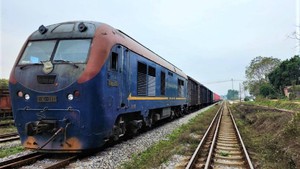
Source: https://www.baogiaothong.vn/de-xuat-keo-dai-lo-trinh-thuc-hien-nien-han-dau-may-toa-xe-den-2030-192596750.htm


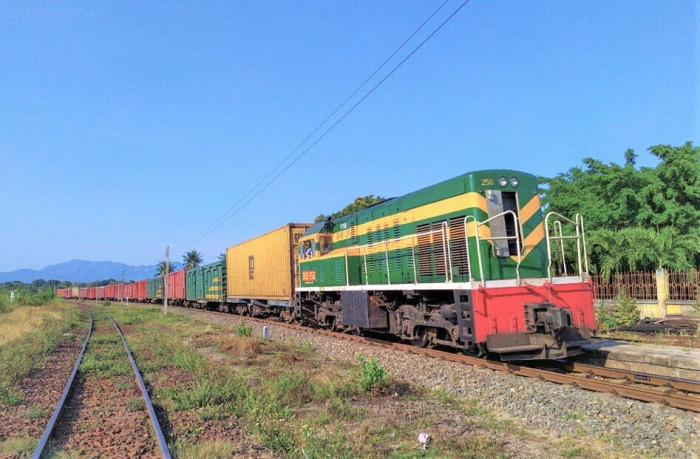
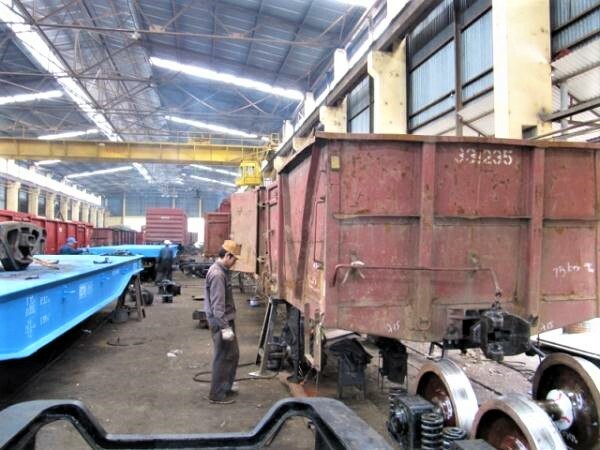
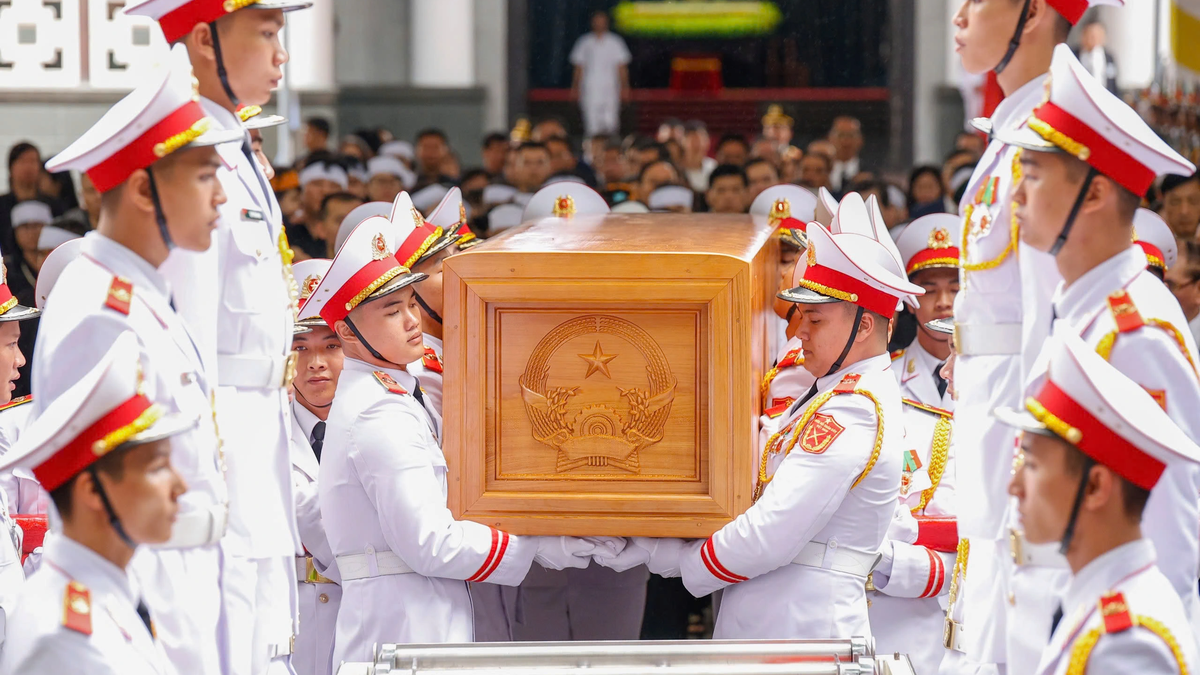
![[Photo] Memorial service for former President Tran Duc Luong in Ho Chi Minh City](https://vphoto.vietnam.vn/thumb/1200x675/vietnam/resource/IMAGE/2025/5/25/c3eb4210a5f24b6493780548c00e59a1)
![[Photo] President Luong Cuong receives Vice President of the Cambodian People's Party Men Sam An](https://vphoto.vietnam.vn/thumb/1200x675/vietnam/resource/IMAGE/2025/5/25/6f327406164b403a8e36e8ce9d3b2ad2)
![[Photo] Festival of accompanying young workers in 2025](https://vphoto.vietnam.vn/thumb/1200x675/vietnam/resource/IMAGE/2025/5/25/7bae0f5204ca48ae833ab14d7290dbc3)

![[Photo] President Luong Cuong receives Lao Vice President Pany Yathotou](https://vphoto.vietnam.vn/thumb/1200x675/vietnam/resource/IMAGE/2025/5/25/958c0c66375f48269e277c8e1e7f1545)
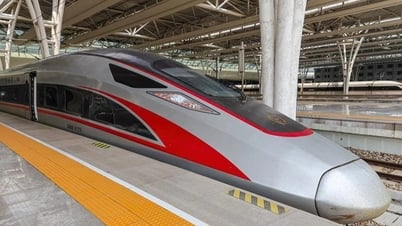







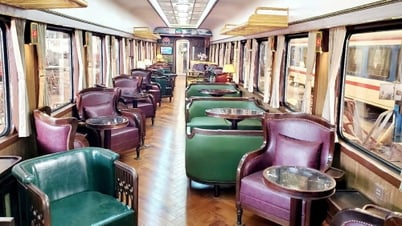

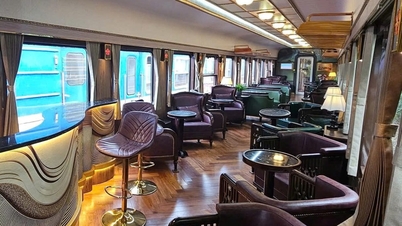

















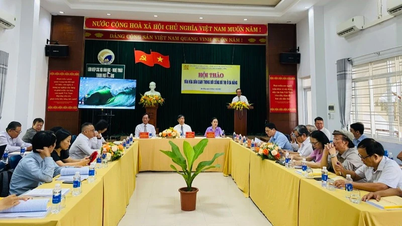





















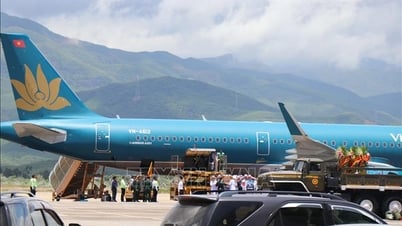

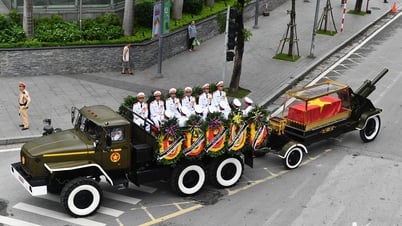














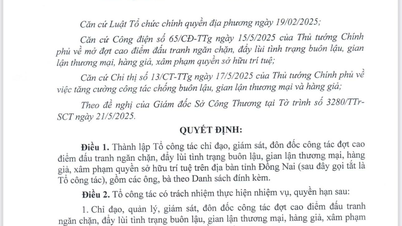



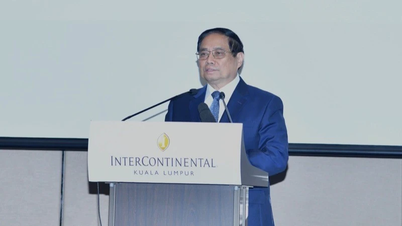






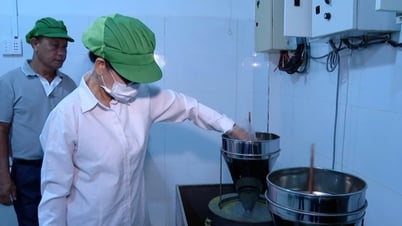




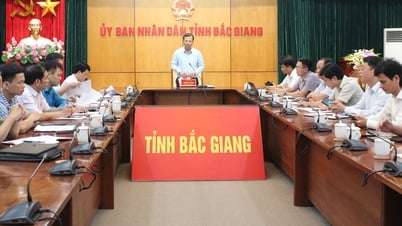

Comment (0)